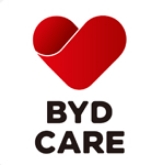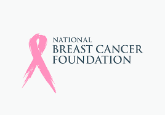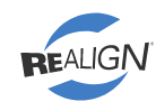Originally published by the Australian Institute of Health & Safety
Organisations need to adopt clearer, level-appropriate definitions of health, safety and risk terms, according to research which examined how complex terminology could hamper workplace safety efforts.
Published in Safety Science journal, the research established that many organisations implemented safety programs without having clear, shared understanding of fundamental occupational health and safety (OHS) concepts.
“Clear and specific definitions are crucial in practice and research. They provide guidance for creating methods, tools, and metrics needed to design, implement, test, and assess constructs, said Dr Nektarios Karanikas from QUT’s School of Public Health and Social Work in the paper, Redefining health, risk, and safety for occupational settings: A mixed-methods study, which was co-authored by Dr Haroun Zerguine, a former associate researcher at QUT and now ergonomist at SafeWork SA.
The research examined how workers at different organisational levels interpreted key safety terms. The researchers organised seven workshops with 53 participants at Hutchinson Builders, Australia’s largest privately owned construction company. The diverse participant group included health and safety staff, site managers, executives, project managers and technical support staff, bringing a median industry experience of 20 years.
The findings revealed variations in how workers defined basic safety concepts. Of 53 responses about health definitions, 47.2 per cent characterised it as overall wellbeing, while others described it as a general condition or ability to function. For risk definitions, participants focused on different combinations of potential harm, probability and consequences.
“Organisations often focus on safety without a clear definition or understanding of what it actually means or how to achieve the desired safety outcomes,” the researchers said.
It demonstrated that organisations needed to tailor their OHS definitions to different levels, and the study proposed a three-tiered approach: simplified definitions for operational staff, summarised versions for tactical management, and comprehensive versions for OHS professionals.
“Different definitions within an organisation or across systems, industries, and regions can be counterproductive,” said the researchers, who emphasised that while changing established definitions would require updating existing materials, the benefit of improved understanding justified this effort.
The study identified several areas of confusion among participants. Many were unaware of distinctions between mental/cognitive and emotional aspects of health. Similar confusion existed between hazard and risk concepts, which participants often defined identically.
The findings suggested organisations should review their approach to safety communications. “Recognising the importance of both intrinsic and extrinsic resilience in risk could lead to more balanced investments in both individual and organisational capabilities,” said the researchers, who emphasised that organisations should adapt safety communications for different workforce levels, using appropriate terminology for specific audience groups.
They recommended systematic updating of existing policies and procedures to reflect clearer definitions.
The study also highlighted the importance of considering both physical and psychological factors in workplace safety. “The more comprehensive definition of health, including mental and emotional aspects, may lead to increased monitoring of workers’ wellbeing,” the paper said.
While simplified explanations help convey complex ideas, establishing clear, shared definitions remained essential for effective safety management. These definitions could drive improvements across individual, team, organisational, industry and regulatory efforts.













































































